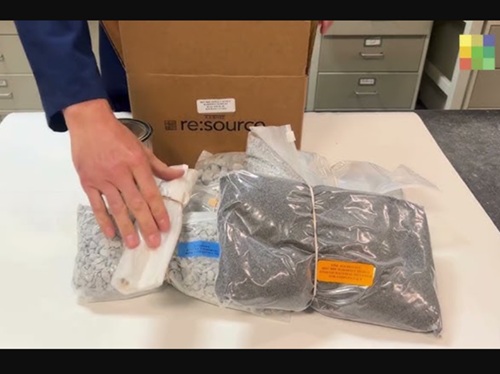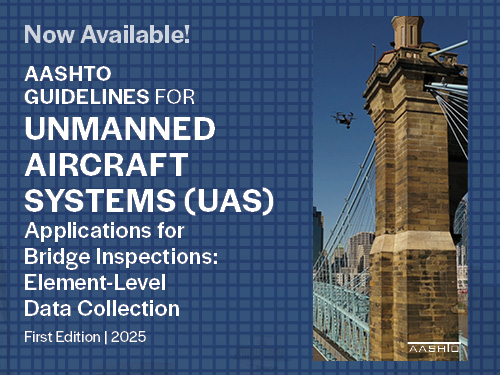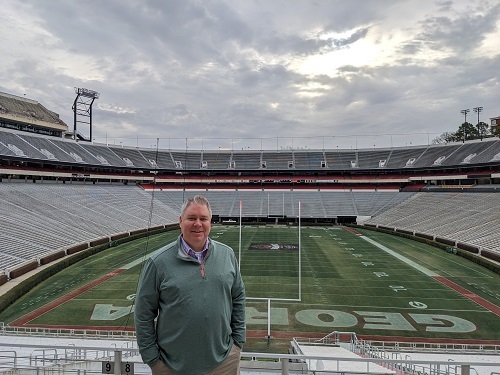Russell Dabbs (above), a senior laboratory assessor II with AASHTO re:source, recently conducted an impromptu soils classification and materials testing presentation for over 80 engineering students at the University of Georgia.
[Above photo by the University of Georgia]
AASHTO re:source – a technical service program that is part of the American Association of State Highway and Transportation Officials – provides services and tools through three major programs: the Laboratory Assessment Program, the Proficiency Sample Program, and the AASHTO Accreditation Program.

Dabbs – who has been with AASHTO in various roles since 2007 – was invited to be a guest lecturer for the students of Professor Sung-Hee “Sonny” Kim, Ph.D., P.E., after performing a laboratory assessment for the professor’s research facility at the school.
“Professor Kim and I both serve on the board of directors of the Falling Weight Deflectometer Users Group,” Dabbs explained in an interview with the AASHTO Journal.
“As I had already planned to be at the university to conduct a laboratory assessment, Professor Kim asked me to speak to his class of engineering students – mostly college juniors – about soil classification,” he said. “I also focused on testing and the importance of properly calibrating test equipment.”
Dabbs noted his hour-long presentation included significant engagement with the students, especially regarding the importance of ensuring testing results are accurate.

“One of the cornerstone tests for soil classification – the Atterberg Limit test – measures the liquid limit and plastic limit of the soil,” Dabbs pointed out.
“Two key features of that test are the drop height of the cup and how deep the soil sample is spread prior to begin the test,” he added. “Those have to be checked every time the test is conducted in order for the data to be accurate.”
Dabbs said those are examples of the “unspoken fundamentals” in any engineering discipline: You must ensure the numbers you are using are accurate. Because even small mistakes with one set of data – when plugged into a larger whole, like infrastructure construction – can impact the entire project.
“My presentation was really focused on what we do here at AASHTO re:source – evaluating and ensuring the validity of the testing process,” Dabbs emphasized.
“It was about highlighting real-world engineering concerns to them,” he noted. “It offered a good broad lesson about the transportation industry – care about the details. It’s not just conducting and completing a test, but paying attention to all the details going into the test method.”
To arrange a similar speaking engagement with AASHTO re:source staff, contact Bob Lutz – manager of AASHTO re:source – by email at rlutz@aashtoresources.org.
 AASHTO
AASHTO
AASHTO Re:source Informational Webinar on January 6
January 2, 2026 AASHTO
AASHTO

